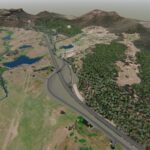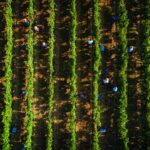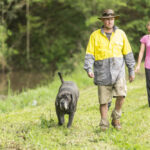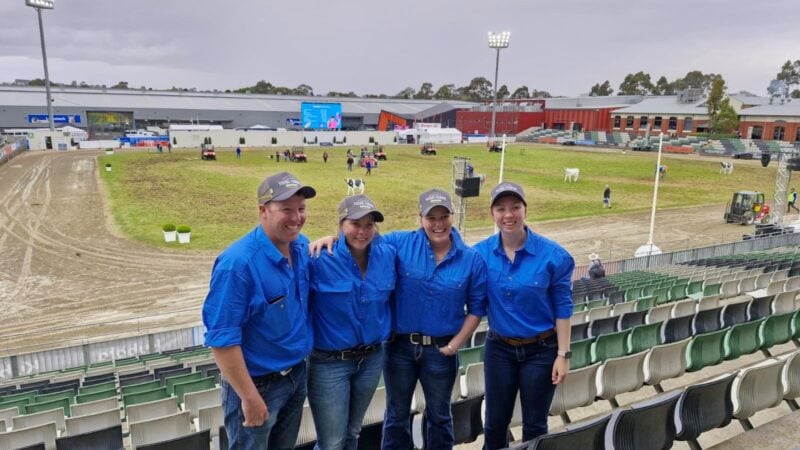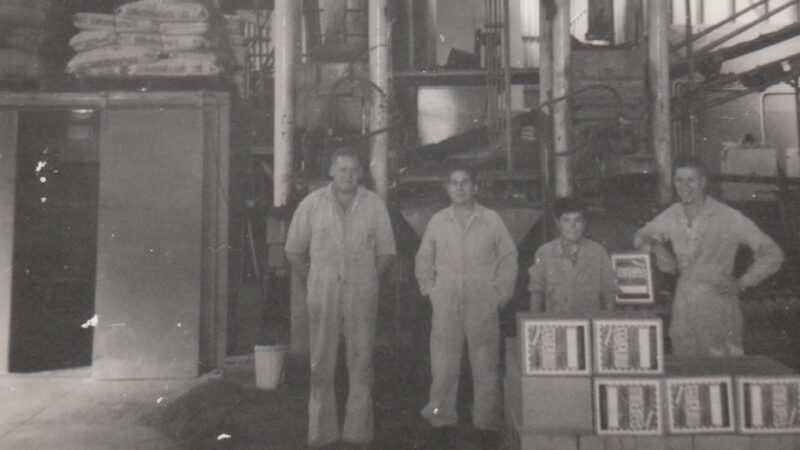For nearly 200 years the Great Western Highway has carried people and produce from the…
Will regionalisation make the bush great again?
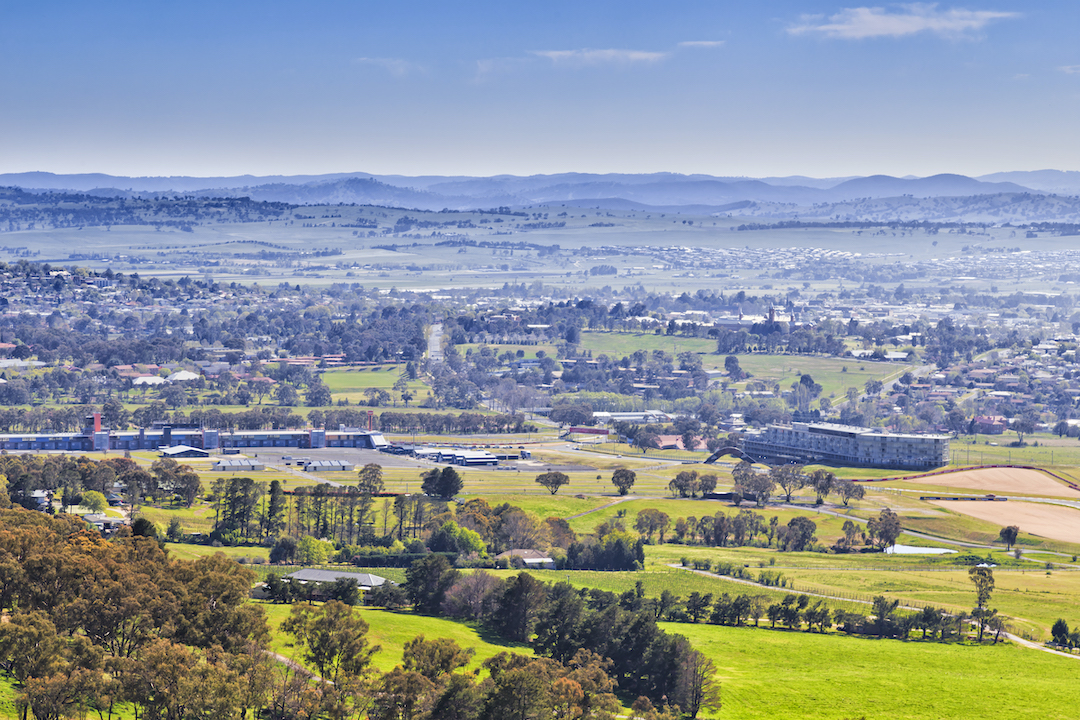
Who would have imagined a year that started with the worst bushfires and public health crisis in living history would end with gushing rains, a bumper harvest and surging property prices across regional NSW amid the uptake of remote working conditions. Data by the Regional Australia Institute shows one in five city residents are now looking to build a new life in the bush.
Analysts are predicting more of the same for 2021, but this inverted perfect storm won�t last too long. Political tensions with China, our biggest trading partner, remain high, rural infrastructure is spread way too thin and a highly variable climate is predicted to bring at least one dry year over the next five years, according to the CSIRO. And for many parts of regional NSW, a devastating mouse plague is chewing away at economic recovery.
NSW Farmers President James Jackson said as the generator of one third of the state�s gross production, regional NSW will play a key role in the state�s fiscal recovery from COVID-19, as well as NSW agriculture�s pursuit of $30 billion by 2030.
�One of the silver linings of the pandemic has been that more people are experiencing what regional NSW has to offer. But regional NSW should not just be sold as a lifestyle option. We need to build vibrant regions through investment in job prospects and infrastructure.�
James Jackson, NSW Farmers President
�The NSW Farmers� Covid Reform Plan outlines what we think is needed to attract and retain young people and families in regional areas. We need investment in telecommunications, education and skills training and health services to have some sort of parity with metropolitan areas,� Jackson says.
From a population of just over 2.7 million people in 2018, regional NSW is already predicted to grow by 270,000 people by 2038. The recent refresh of the NSW Government�s 20-Year Economic Vision for Regional NSW provides the framework for policy and investment decisions that could see an additional 180,000 people living, working and studying in regional NSW.
�We do welcome the NSW Government�s strategy for regional activation zones. Recognising the importance not only of improved planning for economic development, but also the establishment of connected infrastructure, is long overdue,� Jackson adds.
On a national level, the National Farmers� Federation (NFF) in urging federal, state and territory governments to make good on this once-in-a-century opportunity by creating a national agenda dubbed �regionalisation�: essentially, a blueprint to plan and deliver the infrastructure and services needed to create stronger, more vibrant and hardier regional communities.
�The moment we find ourselves in is too precious to waste,� NFF Chief Executive Tony Mahar says. �We urge government and industry to work together to capitalise on the disruption and ensure the bush can deliver for all Australians: economically, socially and culturally.�
NSW Farmers could not agree more and has commissioned a special report from the Australian Farm Institute that examines exactly what needs to be done to achieve a sustainable future for regional NSW. The report will investigate how the agriculture sector can leverage stimulatory regional investment to ensure long-lasting economic stability and social benefits by establishing a virtuous cycle of beneficial impacts. The report will be launched in coming months and will feature in an upcoming edition of The Farmer.
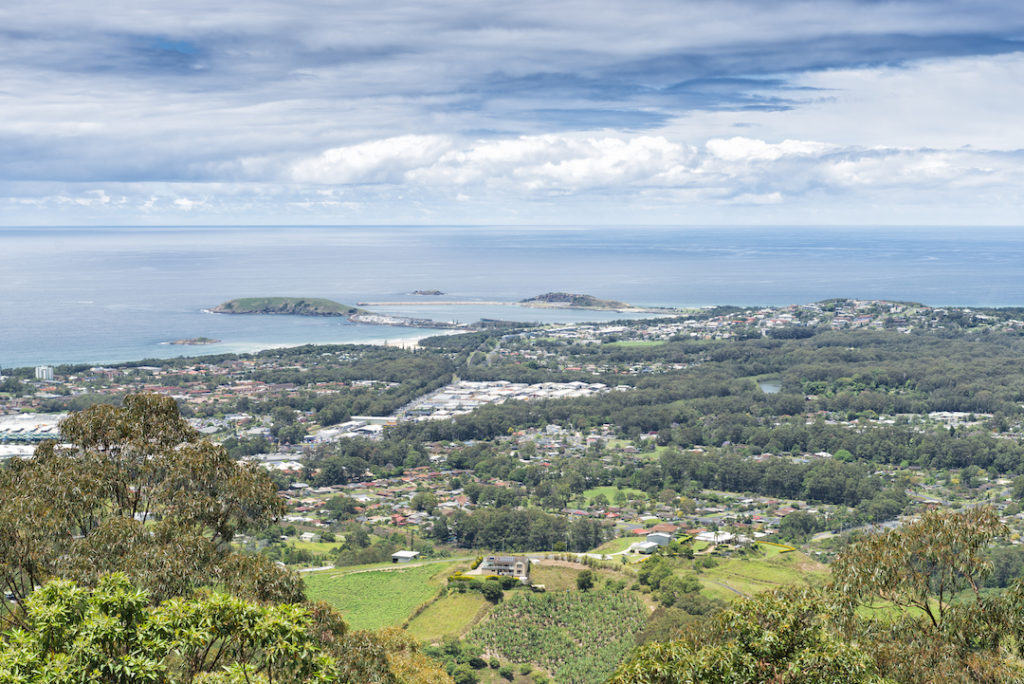
What is regionalisation?
One way to understand regionalisation is by understanding what it is not.
It�s not about �simply rehashing the failed thinking of relocating city jobs to regional areas,� says NFF President Fiona Simson. �It�s about growing new regional jobs designed to thrive in the unique economic conditions of regional Australia.�
Regionalisation is not about developing the bush at our cities� expense. It�s about solving the problem of having 45 per cent of the country�s economy concentrated in two cities, Sydney and Melbourne, and the inherent weaknesses laid bare and amplified by the pandemic.
Regionalisation is �a solution to many of the challenges facing urban areas, including chronic congestion and overpopulation,� says Tony Mahar. �Australia stands alone in having almost 65 per cent of its population in big cities. Compare that to New Zealand or Canada where it is only 30 per cent. This concentration causes major problems.�
Regionalisation is not about voting in new politicians with new promises. It�s about �challenging bureaucrats whose decision-making processes always relegate transformational regional infrastructure behind infrastructure for our cities,� says Liz Ritchie, CEO of the Regional Australia Institute, and changing a �city-centric regulatory mindset to ensure the whole nation�s success and prosperity.�
Regionalisation is about throwing the same resources behind the development of infrastructure in emerging regional areas as governments do in places like Western Sydney, which has been identified for more than $7 billion worth of the Federal Government�s six new �High Priority Projects�. The other five are in Brisbane and Melbourne. Regional Australia has none.
�We are calling for a review of the disproportionately high discount rates used to assess infrastructure proposals that disadvantage investment in regional infrastructure, and we need a shovel-ready priority list for regional development investments to be drawn up.”
Liz Ritchie, CEO of the Regional Australia Institute
At the end of the day, regionalisation is not about meeting specific development targets. It�s a big bold vision to reimagine the future of our nation by harnessing national, coordination, bipartisan support and forging closer working relationships between government and rural industries.
�If we are to realise our full potential as a nation, we must realise the full potential of our regions. By investing in our regions and creating more accessible, attractive and productive places to live, work and visit, we can ensure regional Australia becomes a magnet for business and jobs.�
Jennifer Westacott, CEO of the Business Council of Australia
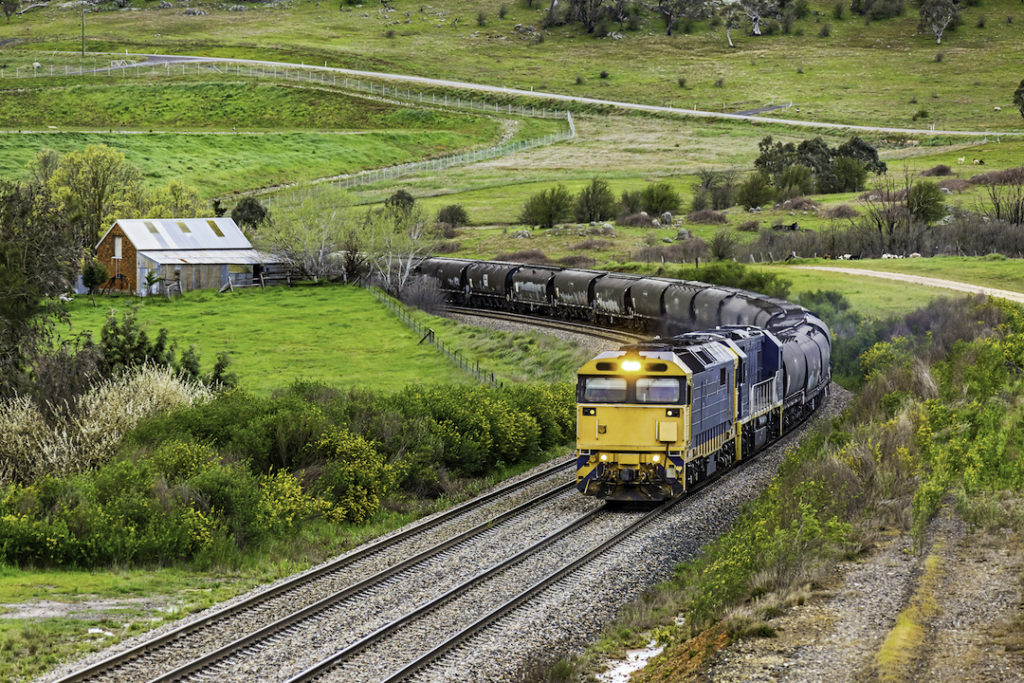
Planes, trains and automobiles
The NFF identifies the lack of transformative infrastructure in the bush as the key barrier to regionalisation. Take the grain industry for example, which harvested a record 33.34 million tonnes of wheat last year. But inefficient supply chains means 30-35 per cent of grain growers� cost of production are eaten by transport, according to Grain Trade Australia.
�Improving supply chain efficiency improves the value of every tonne of grain sold and Australia�s global competitiveness.�
Pat O’Shannassy, CEO of Grain Trade Australia
NSW Farmers President James Jackson says investments in rail and road are the key to unlocking the great agricultural wealth in regional NSW.
�One of the most important is the duplication of the Great Western Highway, which will slash travel time between the Central West and Sydney and improve access to airports and seaports,� he says, while also calling for a train line between Orange and Parkes to connect the Central West to the upcoming Inland Rail project. These developments, Mr Jackson says, �will enable the efficient processing and packaging of produce destined for lucrative markets in Asia and the Middle East.�
�The opening of the Western Sydney Airport and accompanying agri-precinct in 2026 will also benefit regional communities, enabling them to expand their export horizons to new and diverse global markets. But again, we will need efficient road and rail networks produce to Western Sydney,� Jackson says.
Another key barrier is the relatively small number of fibre manufacturing and processing plants in the bush. Currently, only 110,000 people in regional or rural areas work in food manufacturing � two and a half times less than the number of city-based jobs in the sector. �Regional Australia should be the host of a world-leading export industry in food and fibre manufacturing,� says Ritchie. �The fact we are not is a missed opportunity.�
Take the wool industry as an example. Australia is the world�s largest producer of high-quality wool but we export nearly all of it as unprocessed greasy wool that is value-added overseas. �There�s a massive opportunity for Australia to leverage its competitive strengths and re-enter the wool manufacturing business,� says Jonathan Pavetto, senior economist at AEC Group, an economic consultancy. �This could mean higher value Australian exports and the return of hundreds of jobs in regional communities.�
The same applies to cotton � not a single processing facility in the whole country despite Aussie cotton being some of the best cotton in the world. Meanwhile, our once robust timber processing facilities have been hollowed out to almost zilch.
Tanya Barden, CEO of the Australian Food and Grocery Council, says in addition to improved transport facilities to move goods around, the key to encourage the food manufacturing businesses to move and prosper in the regions are tax incentives, access to skills and training as well as addressing rising energy costs.
There�s also huge scope for non-traditional industries to flourish in the bush. Newly emerging energy industries like hydrogen can gain competitive advantage from being in rural areas, as can digital infrastructure like data centres.
Actions verses words
While no High Priority Projects have been identified for the bush, the upcoming $14.5 billion Inland Rail project is currently the largest infrastructure project in Australia. Once complete, the 1,727km railway connecting the ports of Melbourne and Brisbane along a new route west of the Great Dividing Range that bypasses Sydney has the potential to unlock significant economic potential in regional NSW via the use of double-stacked freight trains. NSW Farmers supports this massive undertaking, but has joined with the CWA of NSW to voice concerns about this project and stress the need for it to be properly designed to deliver benefits for agriculture and regional NSW. The Western Sydney airport is under construction and the NSW Government has gone out to tender for design work for one stage of the $2.5 billion duplication of the Great Western Highway from Lithgow to Katoomba.

Instead of tax breaks, the Australian Food and Grocery Council are calling to incentivise food and fibre manufacturing in regional areas. On this front, the NSW Government is only offering advice. �Companies wanting to tap into a wider pool of skilled workers and lower their operating costs will be able to benefit from expert NSW Government advice about setting up shop in regional NSW,� Deputy Premier John Barilaro tells The Farmer. He also spruiks an initiative in which �public sector roles advertised from any location� will now be supplanted with the statement �regional location encouraged�.
However as Opposition Leader Anthony Albanese pointed out while unveiling federal Labor�s �Smart Regionalisation� policy vision statement at Coffs Harbour last September, regionalisation �won�t just happen by moving a couple of government agencies into regional communities�.
But Mr Barilaro insists it�s about �much more than just moving city jobs to the bush. It�s about providing high-paying jobs for locals and people looking to relocate, which means more money being spent on the local economy. It�ll pave the way for large corporations to follow suit�.
The Deputy Premier also lists a slew of new projects that he says proves the government�s commitment to regionalisation, starting with the Special Activation Precinct program that promises to create 18,000 jobs in regional NSW by building business hubs in Parkes, Wagga Wagga, Moree, Narrabri, Williamtown and the Snowy Mountains. Another four Regional Job Precincts are planned for the Richmond Valley, Albury, South Jerrabomberra and Namoi.
�Under my leadership, the revolutionary Regional Growth Fund has been increased to $2 billion with 2,100 projects funded that will deliver new and upgraded amenity in every corner of the state.�
John Barilaro, Deputy Premier NSW
These initiatives and projects are certainly steps in the right direction. But according to The Global Infrastructure Hub, a joint Canadian-Australian institute helping governments deliver inclusive infrastructure solutions, from now until 2040 an additional $76 billion above the current trajectory for regional infrastructure spending must be allocated to freight, transport, telecommunications and water capacity across the country.
Given that NSW accounts for one-third of Australia�s GDP, $25 billion needs to be invested in the state over the next 19 years to realise the NFF�s Regionalisation agenda.
With more and more city dwellers moving to regional NSW, it’s a good time to weigh in on the pros and cons of going bush and how it impacts the wider community and housing market. Read more about it here.


